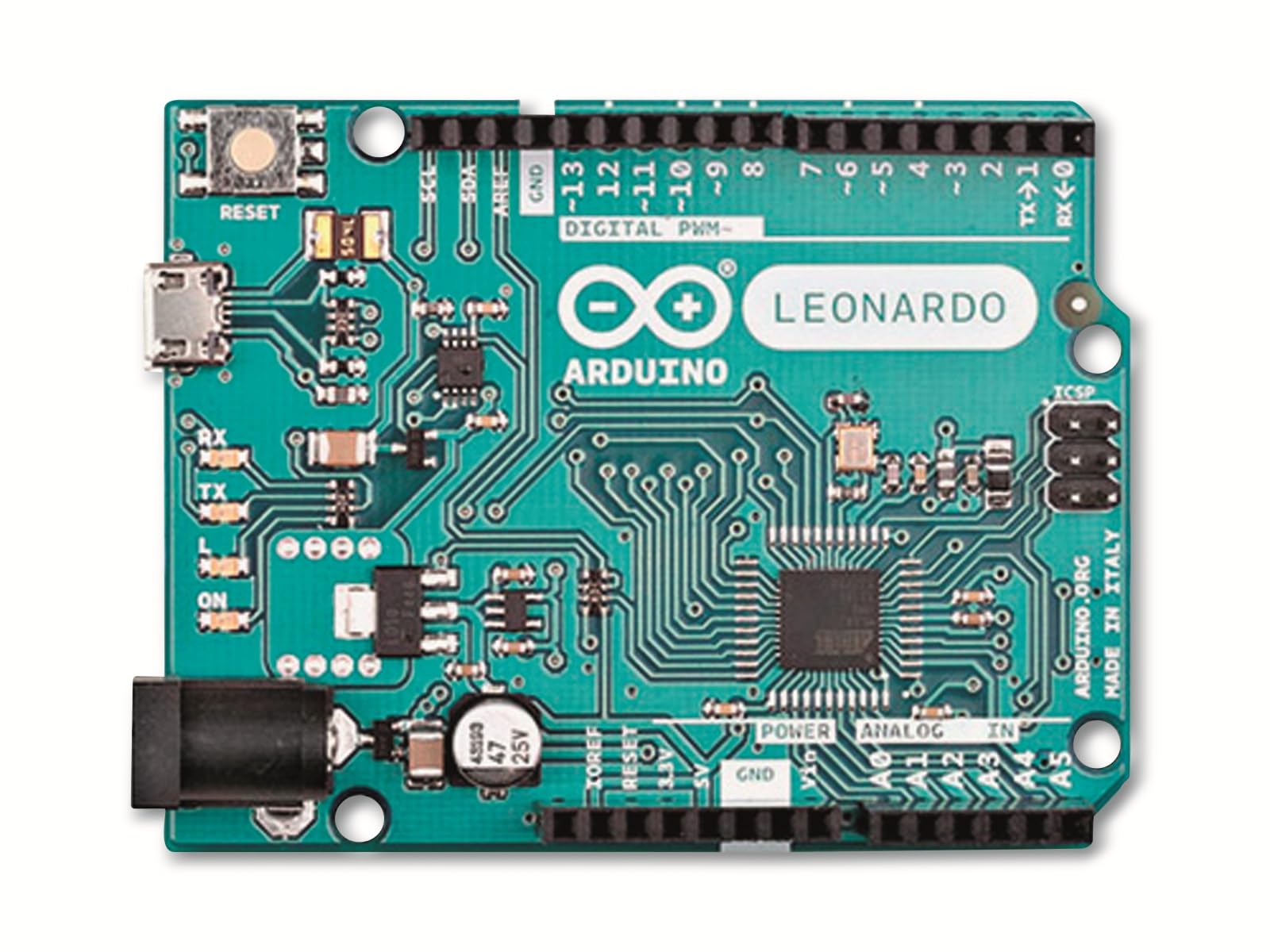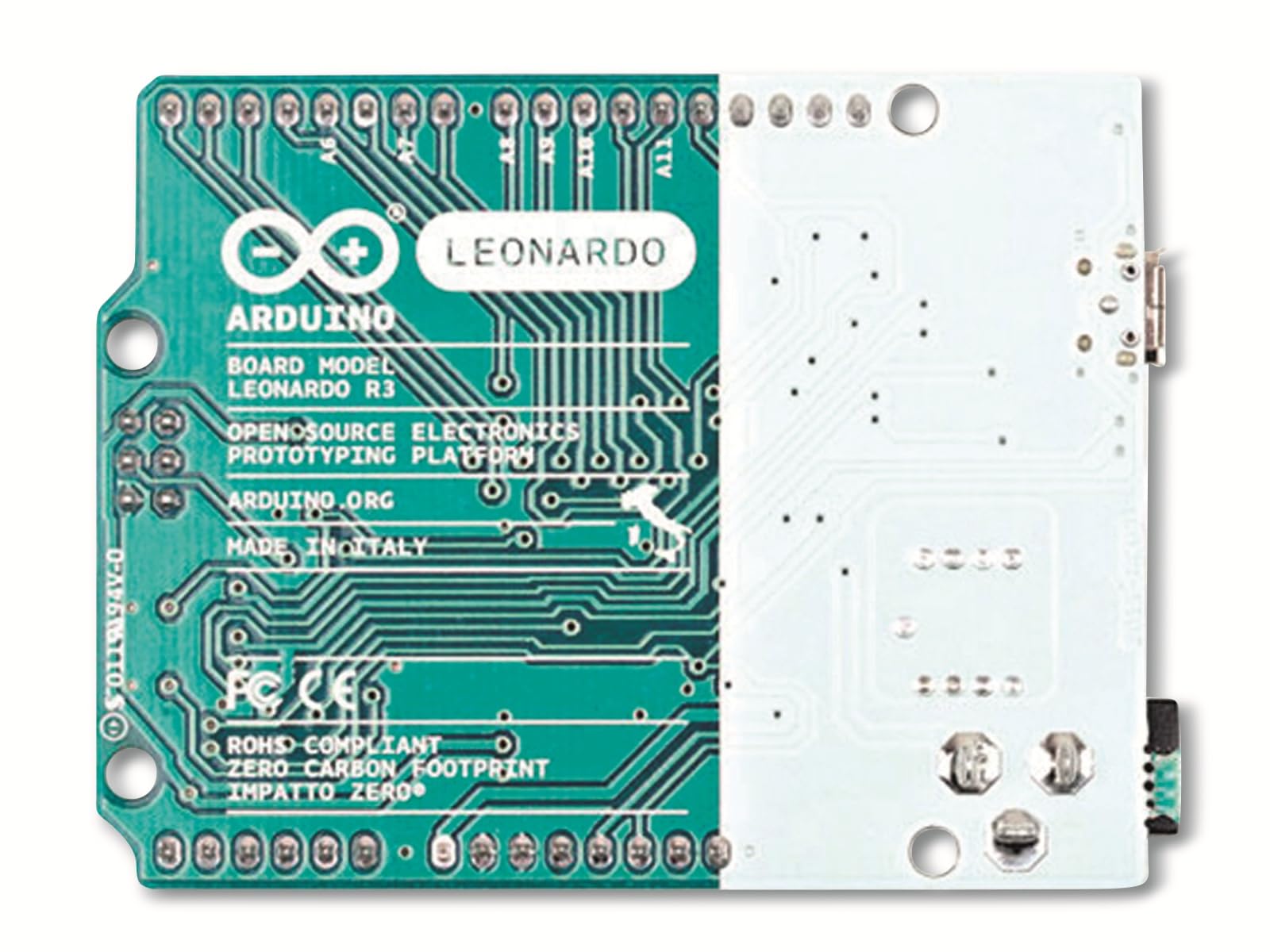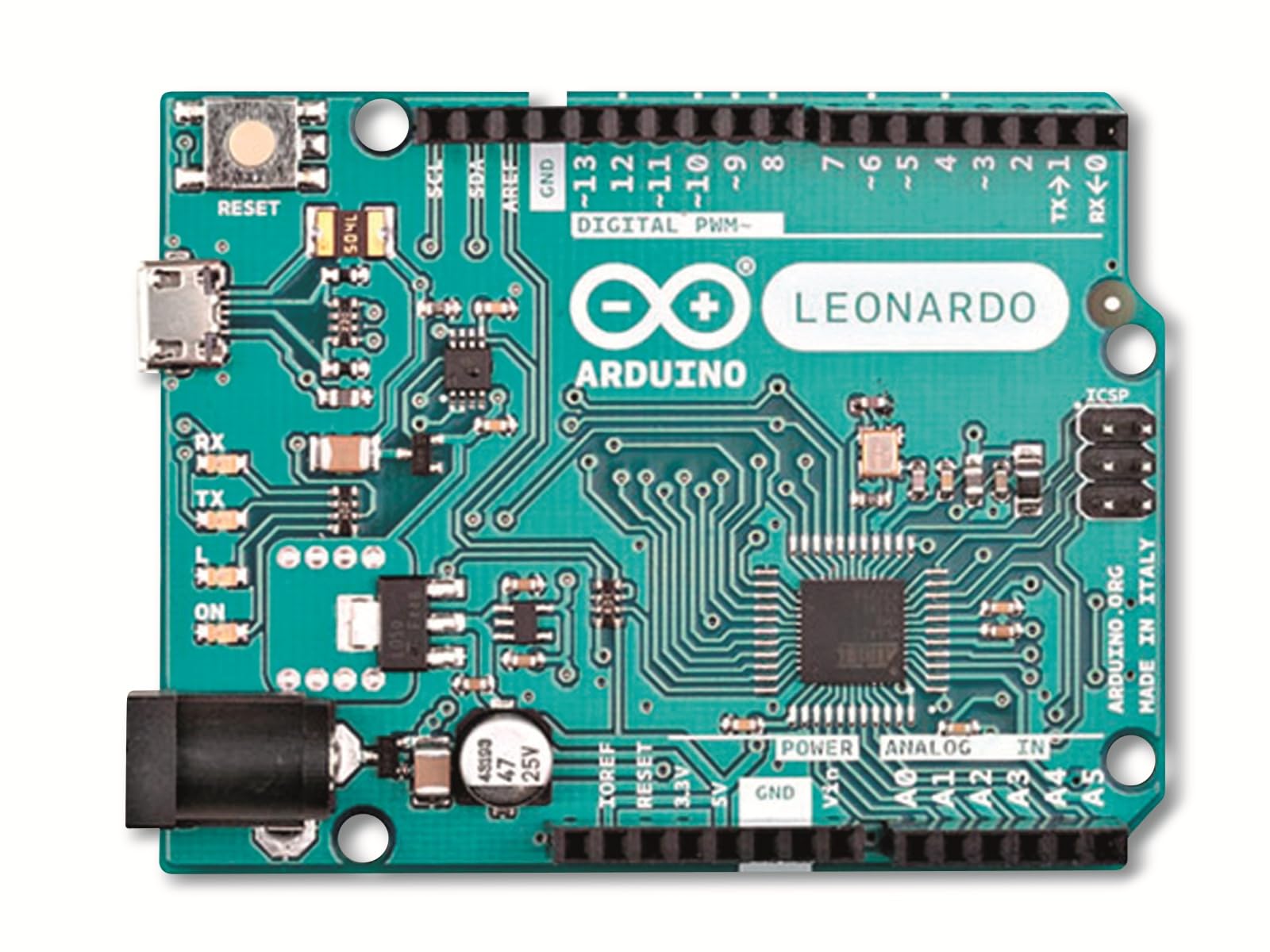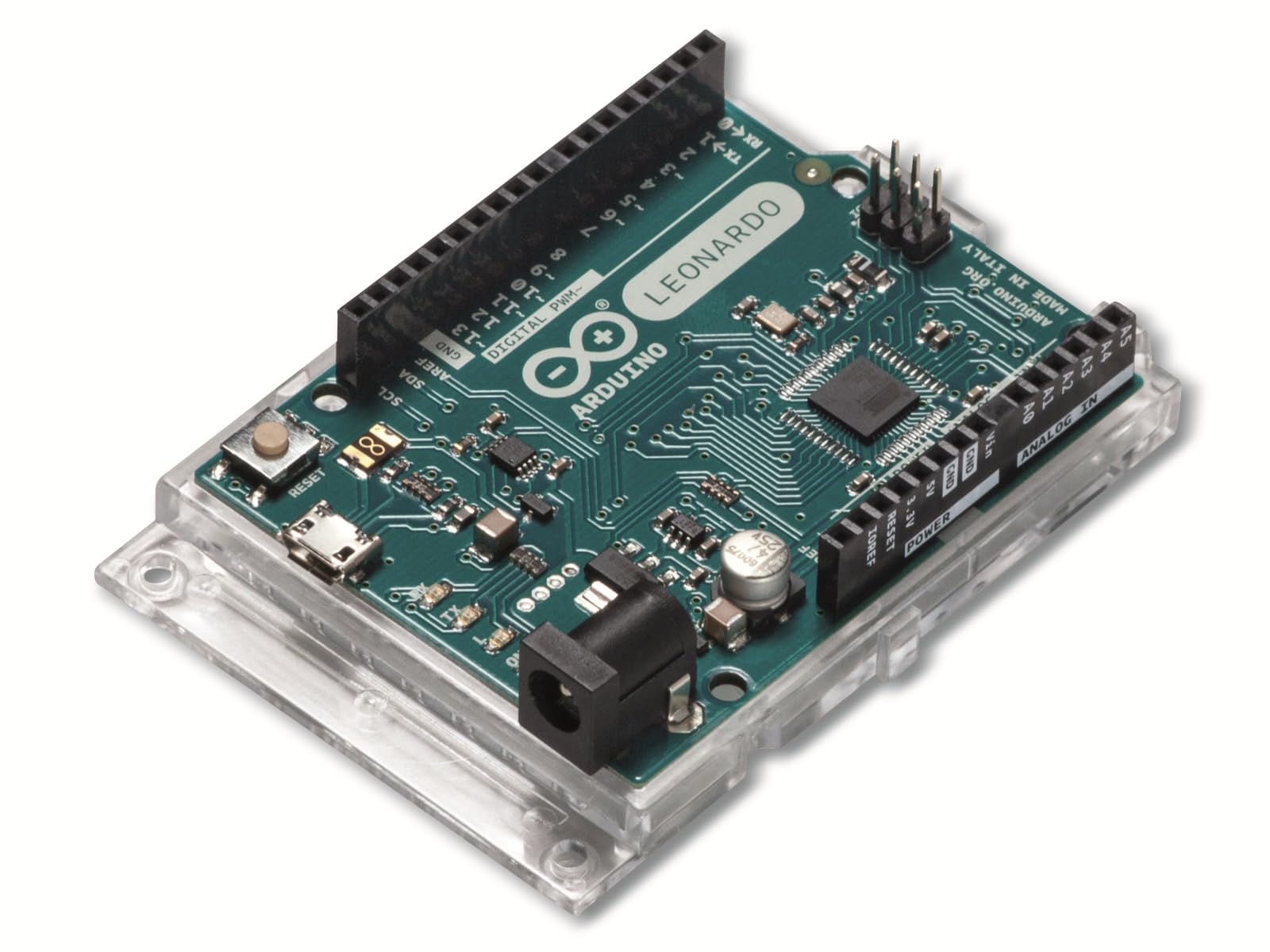Customer Services
Copyright © 2025 Desertcart Holdings Limited
Desert Online General Trading LLC
Dubai, United Arab Emirates
![Arduino Leonardo with Headers [A000057] - ATmega32U4 Microcontroller, 16MHz, 20 Digital I/O Pins, 7 PWM, USB HID Support, Built-in USB Communication, Compatible with Arduino IDE for Custom Projects](https://m.media-amazon.com/images/I/713tpAB65zL.jpg)




🚀 Code, Connect, Create — The Leonardo Leads the Way!
The Arduino Leonardo with Headers (A000057) is a compact, 16 MHz microcontroller board powered by the ATmega32U4. It uniquely supports native USB HID functionality, enabling it to emulate keyboards, mice, and game controllers without extra hardware. Featuring 20 digital I/O pins (7 PWM capable), 12 analog inputs, and built-in USB communication, it offers versatile connectivity for complex projects. Fully compatible with the Arduino IDE, it’s the go-to choice for professionals and makers seeking rapid prototyping and custom USB device creation.











| Brand | Arduino |
| Product Dimensions | 7.62 x 2.54 x 5.08 cm; 25 g |
| Item model number | A000057 |
| Manufacturer | Arduino |
| Series | Leonardo |
| Processor Brand | Arduino |
| Processor Type | None |
| Processor Speed | 16 MHz |
| Processor Socket | DIP |
| Processor Count | 1 |
| RAM Size | 2560 Bytes |
| Memory Technology | DDR |
| Computer Memory Type | SRAM |
| Memory Clock Speed | 16 MHz |
| Graphics Card Interface | Integrated |
| Wireless Type | 802.11b |
| Voltage | 5 Volts |
| Are Batteries Included | No |
| Number of Lithium Metal Cells | 1 |
| Item Weight | 25 g |
| Guaranteed software updates until | unknown |
Trustpilot
3 days ago
1 month ago